Rolex And Wimbledon: there are few brands that fit so well together, emulating each other in a way – though a fully unplanned way – with their staunch holds on traditionalism and domination of their respective fields.
In 1978, Rolex, the unofficial king of timepieces (the crown in the Rolex logo certainly aids in creating the imagined throne that Rolex occupies in my mind’s eye) took to the courts, becoming the official sponsor of the All England Lawn Tennis Championships, better known as Wimbledon (the quite posh and very pretty area of London that the All England Lawn Tennis Club is situated in).
In fact, 1978 was a big year for sports marketing, because that year also heralded:
- The launch of ESPN, a brand-new American cable channel established to show “all sports, all the time.”
- The term “sport marketing,” which was first coined by the magazine Advertising Age in an article published in 1978. In that article, sports marketing was characterized as “the activities of consumer and industrial product and service marketers who are increasingly using sport as a promotional vehicle.”
- Atari (a then-popular video game and computer company) released its first home video sports game: Home Run, a baseball game exemplifying how sporting events were entering pop culture and the collective consciousness. Additionally, Atari’s biggest coin-operated video arcade game that year was called Football, and it was released in October 1978, just in time for the start of the American NFL season.
At a time when large sporting events were still in their medial kids’ shoes, though showing great promise – and the “open” era of Wimbledon that allowed both amateurs and professionals to play together in tournaments was just ten years old – Rolex for once took a plunge into the relative unknown.
I say it this way because archetypically today, Rolex is not known for trying out new things. So to begin “sport marketing,” a term that was only coined in that same year, can well be considered radical, new, and praiseworthy.
And extremely successful.
However, Rolex did not begin its sports marketing program in 1978 per se, but well before the term was even known. The watch industry’s first sports testimonial was attributed to Rolex in 1926 when its founder Hans Wilsdorf developed and patented the first water-resistant watch in the world and christened it the Oyster.
That same year he engaged the testimonial support of Mercedes Gleitze, the first female to swim across the English Channel. Gleitze swam the body of water separating England from France in fifteen hours and fifteen minutes wearing a Rolex Oyster for the entire journey.
Reasons for sports marketing
The reasons for Rolex embracing sports marketing the way it does are perhaps obvious on an emotional level, but I’ll put them into words anyway.
Sports transcend social, cultural, language, and even ideological barriers. Which means that brands associating themselves with sports can reach a very large audience that shares a common passion, without regard for the usual socio-political barriers.
Of course, major sporting events such as Wimbledon enjoy high viewer rates where shown on television. In Britain and the United States, Wimbledon is broadcast on network television. And naturally, today, there is the Tennis Channel to boost numbers alongside ESPN and any number of other cable sports channels.
Powerful sporting figures
Rolex immediately understood the significance and potential of ambassadors (which the brand calls testimonees) from the world of sports. Since entering the world of tennis in 1978, Rolex has maintained a very large number of tennis ambassadors.
These have included past players such as Andy Roddick, Zheng Jie, and Justine Henin – who very unusually always wore her Rolex even on court (to understand how tennis players usually feel about wearing watches during tournament play, please read Richard Mille RM 27-02 For Rafael Nadal: The Quintessential Sports Tourbillon).
Today, Rolex retains a number of contemporary tennis ambassadors including Grigor Dimitrov, Ana Ivanovic, Li Na, Juan Martín del Potro, Milos Raonic, Sloane Stephens, Jo-Wilfried Tsonga, Caroline Wozniacki, and Swiss player Belinda Bencic.
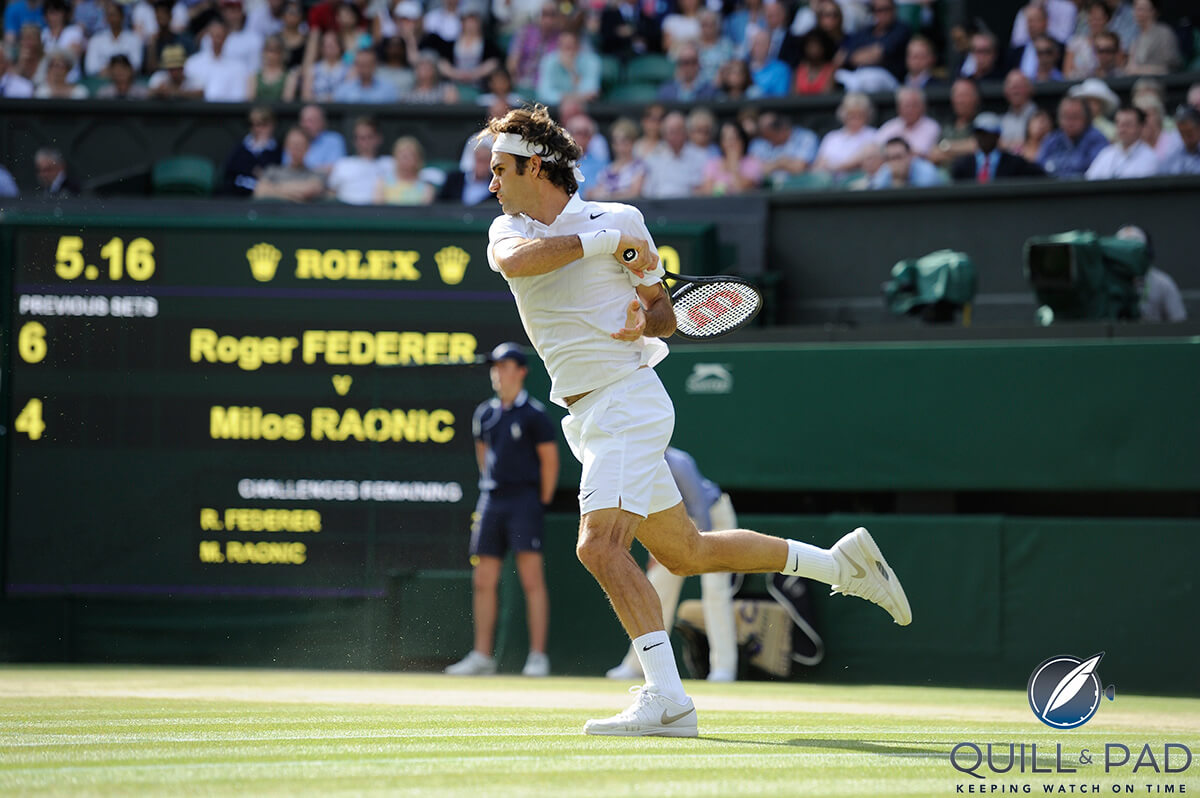
Two Rolex ambassadors playing against each other at Wimbledon 2014: Roger Federer defeated Milos Raonic
And those are naturally in addition to the man who is called the greatest player the game of tennis has ever seen: Roger Federer. To hear Federer talk about some of his special Rolex timepieces, see Video: Roger Federer Explains a Few Of His Special Rolexes.
Federer, who has been associated with Rolex since 2001 – but not consecutively, as he switched to Maurice Lacroix for a year in 2004 before returning to the Genevan giant – is able to boast 300 weeks in the ATP’s number one position and a total of seven Wimbledon singles titles (of his 17 Grand Slam titles).
Rolex also supports key tournaments, which include the Shanghai Rolex Masters, the Monte-Carlo Rolex Masters, and the Barclays ATP World Tour Finals in addition to two of the Grand Slams.
There are four tournaments significantly more important on tennis’ professional circuit calendar than any other during the year. These are known as the Grand Slams. If a player wins all four in one calendar year, he or she has won a Grand Slam.
Very few players have achieved it. Those who have achieved this amazing feat have gone down in history. These important champions include: Don Budge (1938), Maureen Connolly Brinker (1953), Rod Laver (1962 and 1969), Margaret Court (1970), and Stefanie Graf (1988). Graf also won the Olympic gold medal in that same year, which has since been termed the Golden Slam. As of this writing, Serena Williams still has the chance to the complete a Grand Slam in 2015 if she wins Wimbledon and the U.S. Open.
Among the Grand Slam tournaments – Australian Open, Roland Garros (French Open), Wimbledon, and the U.S. Open – Wimbledon is the most important. Rolex is the main sponsor for two Grand Slam tournaments: the Australian Open and Wimbledon.
Wimbledon wears the crown
What is it about Wimbledon that makes it the world’s most important tennis tournament?
For one, it is Wimbledon’s longevity: it is the oldest tennis tournament in the world, dating back to 1877. A winner here becomes a part of history.
For another, it is the archaic and difficult surface upon which the tournament is played. Grass pays homage to the very beginnings of the sport. Grass also demonstrates the tournament’s almost manic desire to maintain tradition.
And that brings us to the traditions it maintains within the scope of the tournament like strawberries and cream, proper tennis etiquette including only white tennis clothes, and players bowing to the royal family in the audience.
Wimbledon is the tournament that every budding tennis player dreams about winning. It is a place steeped in long history, fables, and traditions – the very fabric of modern mythology.
“Wimbledon is the temple of tennis,” says Federer. “It’s an institution and it represents everything the sport stands for. Words can’t describe how I felt when I stood on the Centre Court grass in 2012 holding my seventh Wimbledon trophy,” he explains.
Even back in 1978, Rolex was certainly well aware of the Wimbledon mythos. And as a brand that has carefully crafted its own, it was not hard for one master to recognize another.
Teaming up with Wimbledon in such a mutually beneficial manner was in essence a no-brainer for Rolex. “It’s wonderful that Rolex and Wimbledon have been partners for so long,” Federer continues. “They are both the perfect embodiment of grace and excellence.”
There are only two permanent suites at the All England Lawn Tennis and Croquet Club: one is for the royal family and the other is for Rolex to entertain its guests during the famous fortnight. Perhaps the most telling element is the fact that these two suites are connected behind the scenes, and they share a kitchen.
A very, very good kitchen.
Like the 10,000 tons of seeds that the grass courts need every year to maintain their lovely dark green status, Rolex too is an evergreen fixture that neither fan nor official would ever want to do without on a typical day during the Wimbledon fortnight.
For more information, please visit www.rolex.com and www.wimbledon.com.
*This story was first posted on July 6, 2015 at Rolex And Wimbledon: A Match Made In Traditional (Tennis) Heaven.
You may also enjoy:
Roger Federer Explains A Few Of His Special Rolexes (Video)
Bovet And Daniil Medvedev: Relationships Make One Of The Best Tennis Players In The World
Roger Federer And The Rolex Datejust Perpetual (Video)
Phenom Tennis Champion Naomi Osaka Becomes New TAG Heuer Ambassador Ahead Of Australian Open 2021





















































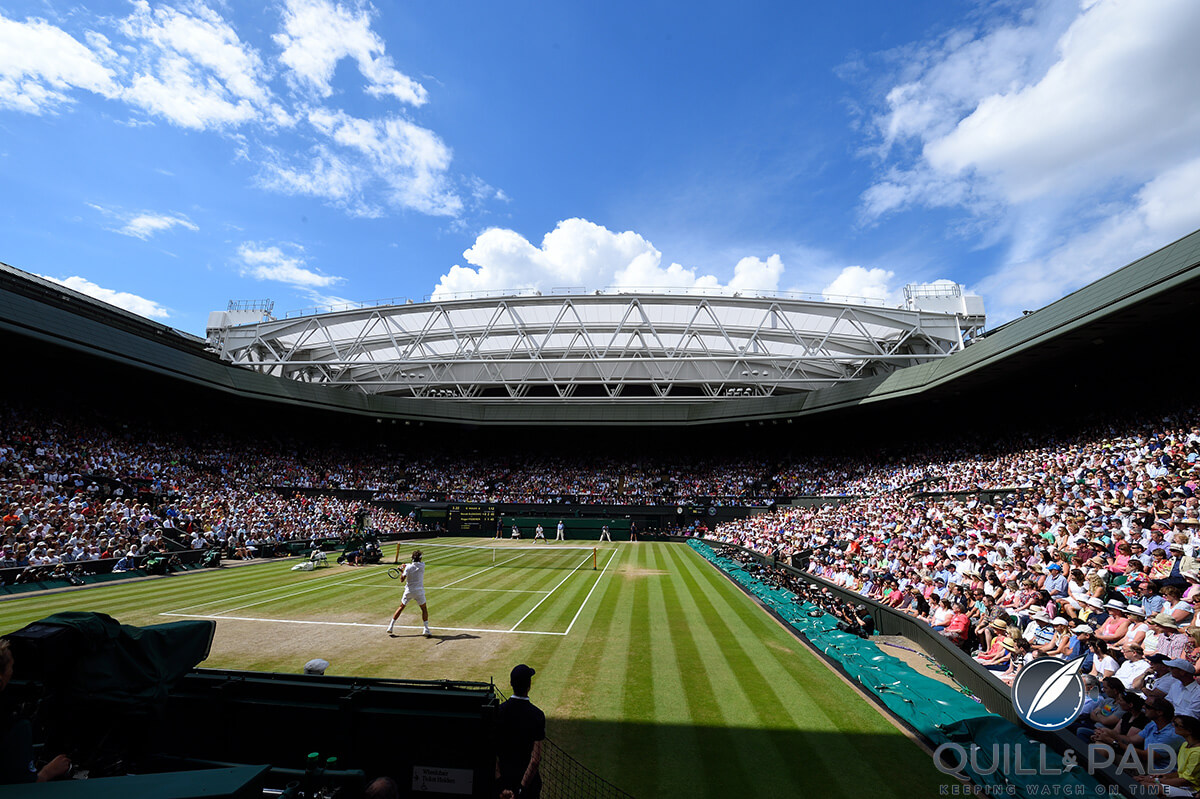
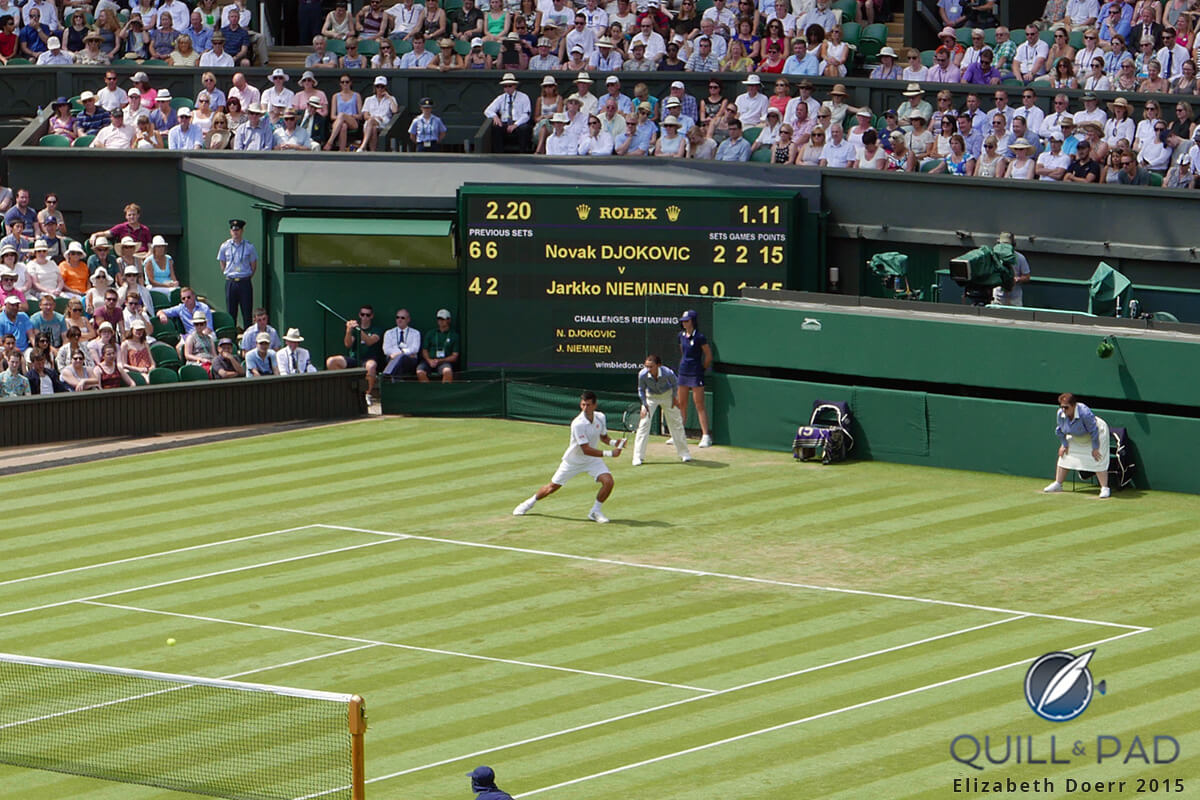
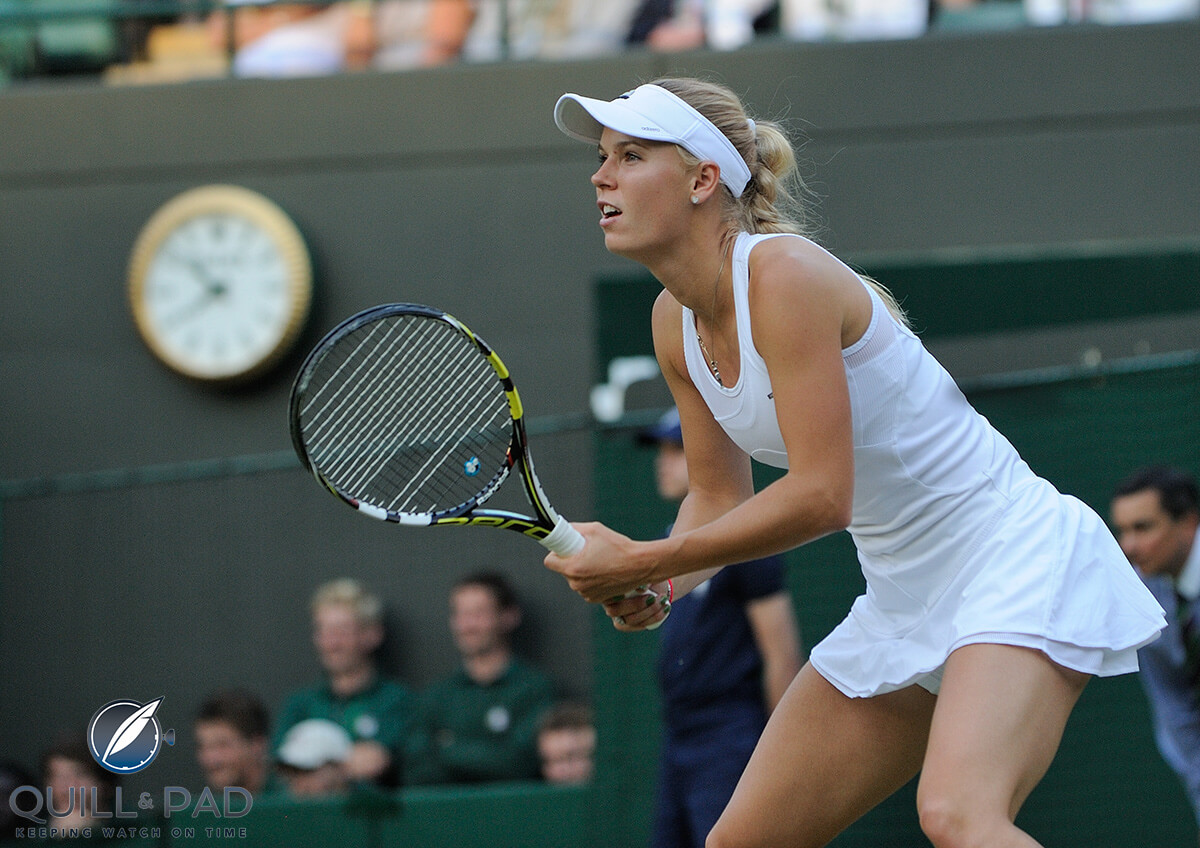
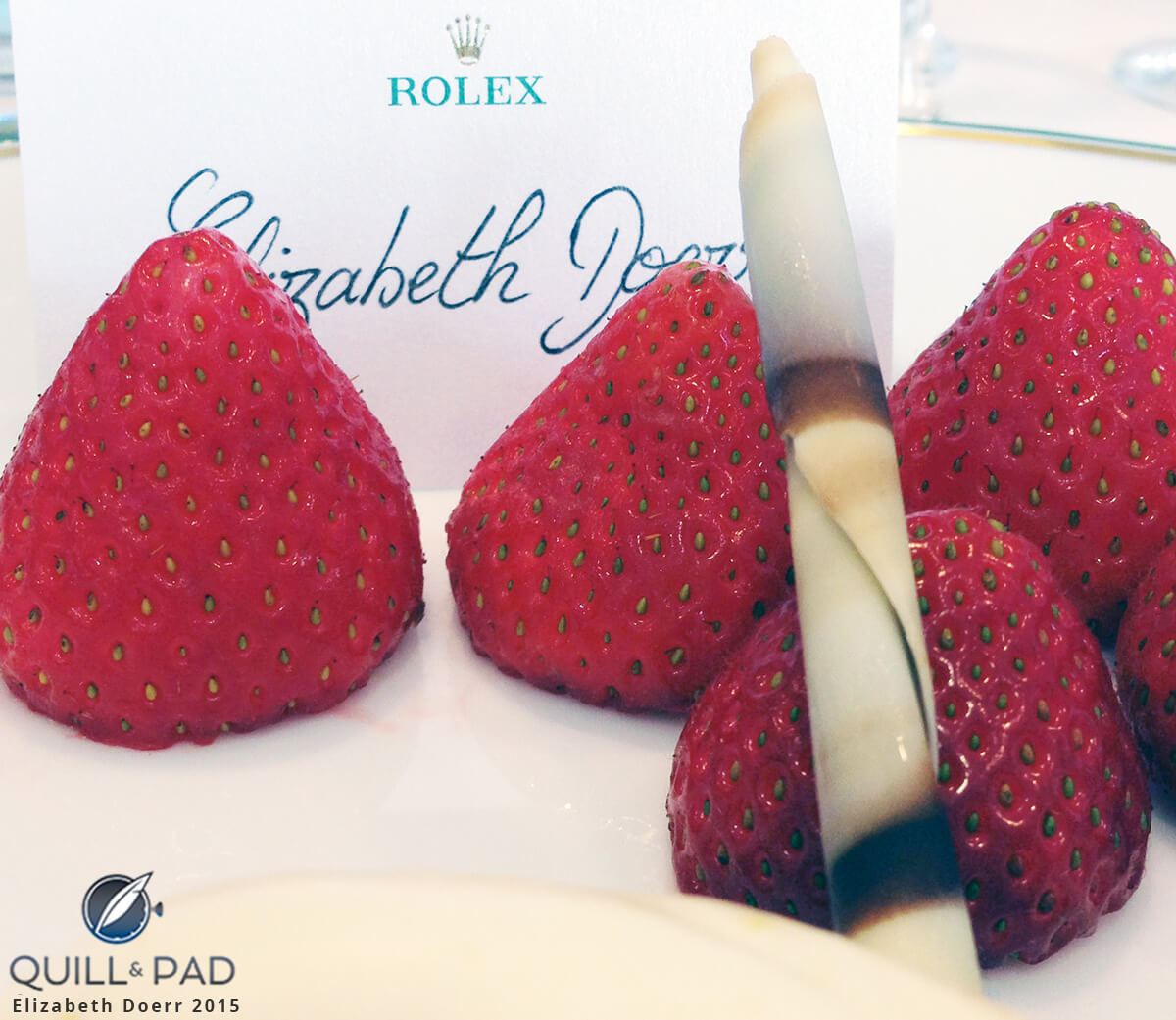
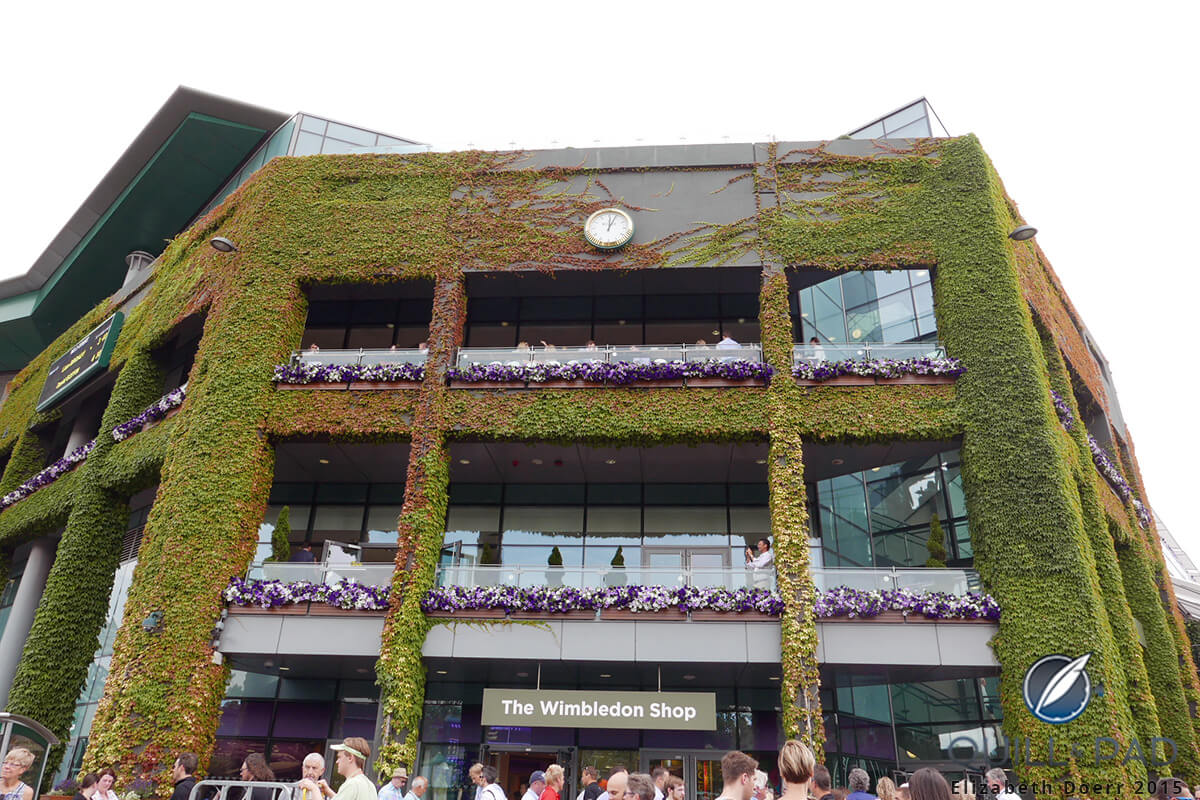
Leave a Reply
Want to join the discussion?Feel free to contribute!